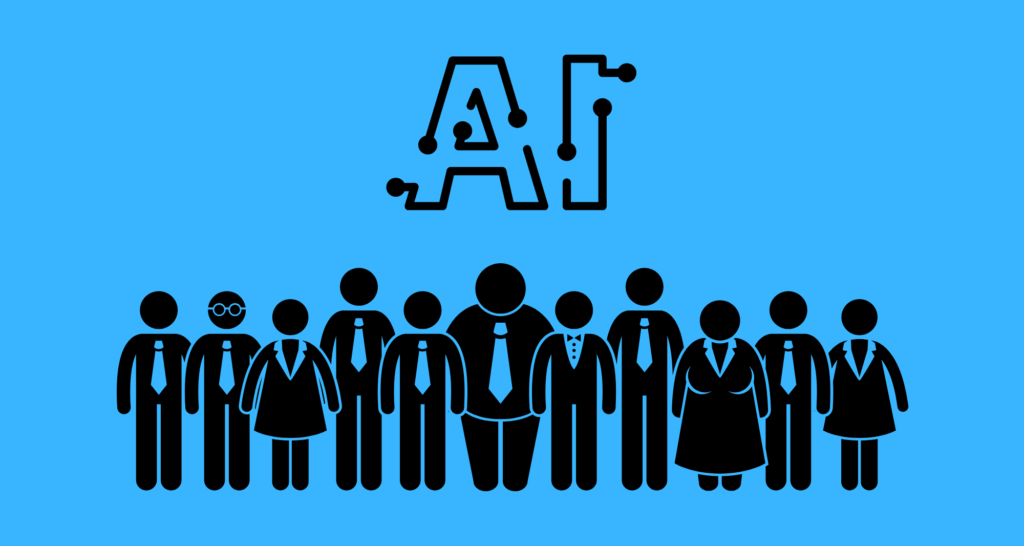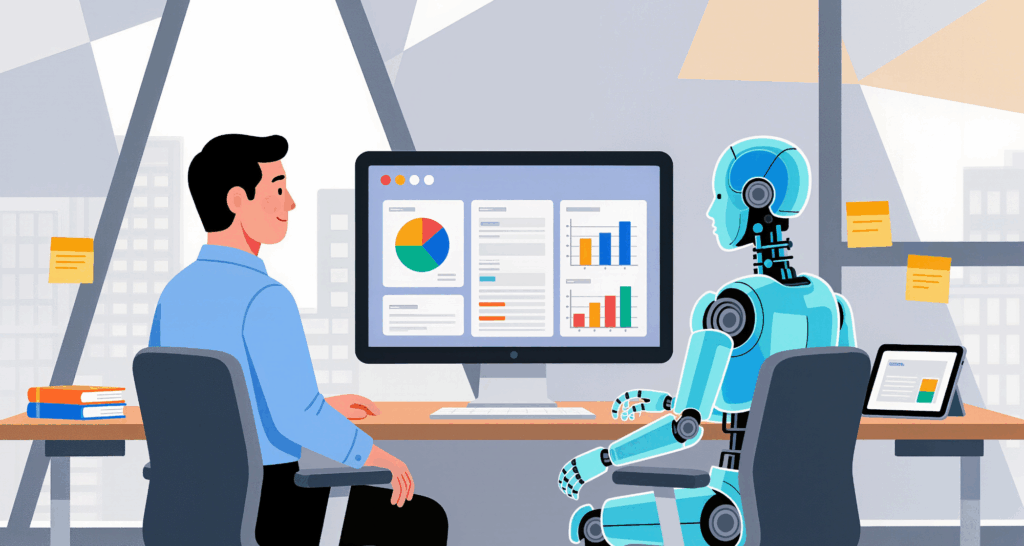AI Workforce Transformation: How Today’s Layoffs Point to Tomorrow’s Advantage
The U.S. workforce is undergoing a profound shift. In October 2025, companies announced 153,074 job cuts, marking the highest October total in more than twenty years. While many headlines focus on cost-cutting, tens of thousands of these reductions are linked directly to AI and automation. Across technology, warehousing, retail, and services, work is being restructured, revealing which roles and capabilities will define the AI-driven economy.
For leaders, these trends go beyond numbers. They reveal emerging operational priorities and highlight where strategic investment in talent and technology can create advantage. Understanding these patterns is central to AI workforce transformation and future-ready planning.
October 2025 Layoffs in Context
The scale of the October 2025 layoffs is significant across industries:
Industry | Job Cuts | % of Total Cuts |
Technology | 33,281 | 21.7% |
Warehousing | 47,878 | 31.3% |
Retail | 2,431 | 1.6% |
Services | 1,990 | 1.3% |
Consumer Products | 3,409 | 2.2% |
Total | 153,074 | 100% |
Source: Challenger, Gray & Christmas, Inc., October 2025 Job Cut Announcement Report
These figures show where workforce changes are concentrated. Technology and warehousing account for the largest share, while retail, services, and consumer products reflect smaller but meaningful operational adjustments. The data provides a clear, objective view of the landscape, preparing leaders to focus on where AI-driven changes will matter most.
Interpreting Layoffs as Strategic Signals
The recent layoffs tell a story beyond the raw numbers. Trends indicate:
- Data-heavy operational roles are automated first.
- Positions requiring judgment, strategic insight, or AI oversight are gaining importance.
- Operational efficiency and predictive capabilities are increasingly central to organizational priorities.
Reductions in technology and warehousing highlight sectors where AI adoption is accelerating fastest. Retail and service adjustments reveal operational areas benefiting most from AI-driven analytics, while consumer product roles demonstrate growing integration of AI into production planning and decision-making.
These shifts show organizations are reallocating talent toward areas where AI delivers maximum value. For instance, tech support reductions suggest AI-driven tools are ready to scale, while logistics changes highlight predictive supply chain management becoming critical. By examining these patterns rather than individual industries, leaders can identify capability gaps, anticipate skill requirements, and plan targeted reskilling, transforming layoffs into a predictive lens for workforce planning.
Turning Insights Into Strategic Advantage
Recognizing trends is only the first step. The true opportunity lies in translating insights into clear, actionable strategies:
- Redeploy and reskill strategically: Roles affected by automation but critical for future operations are prime opportunities. Talent freed from repetitive tasks can focus on AI model monitoring, predictive analytics, or AI-assisted decision-making—directly supporting innovation and strategic priorities.
- Link workforce changes to business opportunities: Automation frees resources for AI-enabled improvements, enhancing inventory management, customer experience, or operational efficiency. Connecting workforce transformation to tangible outcomes creates a lasting advantage.
- Plan for uncertainty: AI adoption and market demands can shift unexpectedly. Scenario planning ensures talent pipelines remain flexible and aligned with evolving priorities.
- Measure outcomes beyond redeployment: Track innovation output, AI project deployment speed, and cross-team collaboration. These metrics reveal the impact of workforce transformation on business results, not just disruption mitigation.
By combining insight with strategy, organizations move from reactive adjustments to actively shaping the workforce of tomorrow, leveraging AI Workforce Transformation as a competitive advantage.
Preparing for the Skills of Tomorrow
The next step is ensuring talent development aligns with areas where AI is creating the greatest impact. Recent layoffs highlight the capabilities organizations must cultivate:
- Hybrid skill sets: Combining domain expertise with AI literacy is essential. Operations managers interpreting predictive analytics or marketers leveraging AI-driven insights become central to strategic outcomes.
- Cross-functional collaboration: Teams integrating AI outputs into decisions and working fluidly across departments create measurable value and resilience. Training that blends technical AI knowledge with problem-solving ensures meaningful contributions across functions.
- AI-enabled innovation roles: Organizations can establish positions dedicated to exploring how AI can unlock new products, services, or operational efficiencies, preparing the workforce to adapt and innovate as AI capabilities evolve.
- Proactive mindset: Anticipating the next wave of AI-driven changes allows organizations to preempt skills gaps and stay ahead.
Investing in these capabilities transforms disruption into a strategic advantage, turning workforce change into an opportunity to shape the future of work with insight and intention. This approach also naturally reinforces AI Workforce Transformation as an ongoing, forward-looking process.
Navigating an AI-Driven Workforce
The October 2025 layoffs reflect more than immediate disruption. They signal a fundamental shift in how work is structured and valued. Patterns in automation and AI adoption show which sectors are evolving fastest and where human expertise can create the greatest impact.
Understanding these shifts equips leaders with a strategic perspective to anticipate change, aligning capabilities, processes, and technology for long-term resilience. AI Workforce Transformation is not just about efficiency; it is a chance to actively shape the future of work. Organizations that interpret patterns thoughtfully, act strategically, and remain adaptable are positioned to lead workforce transformation, creating value that extends far beyond immediate operational gains.




